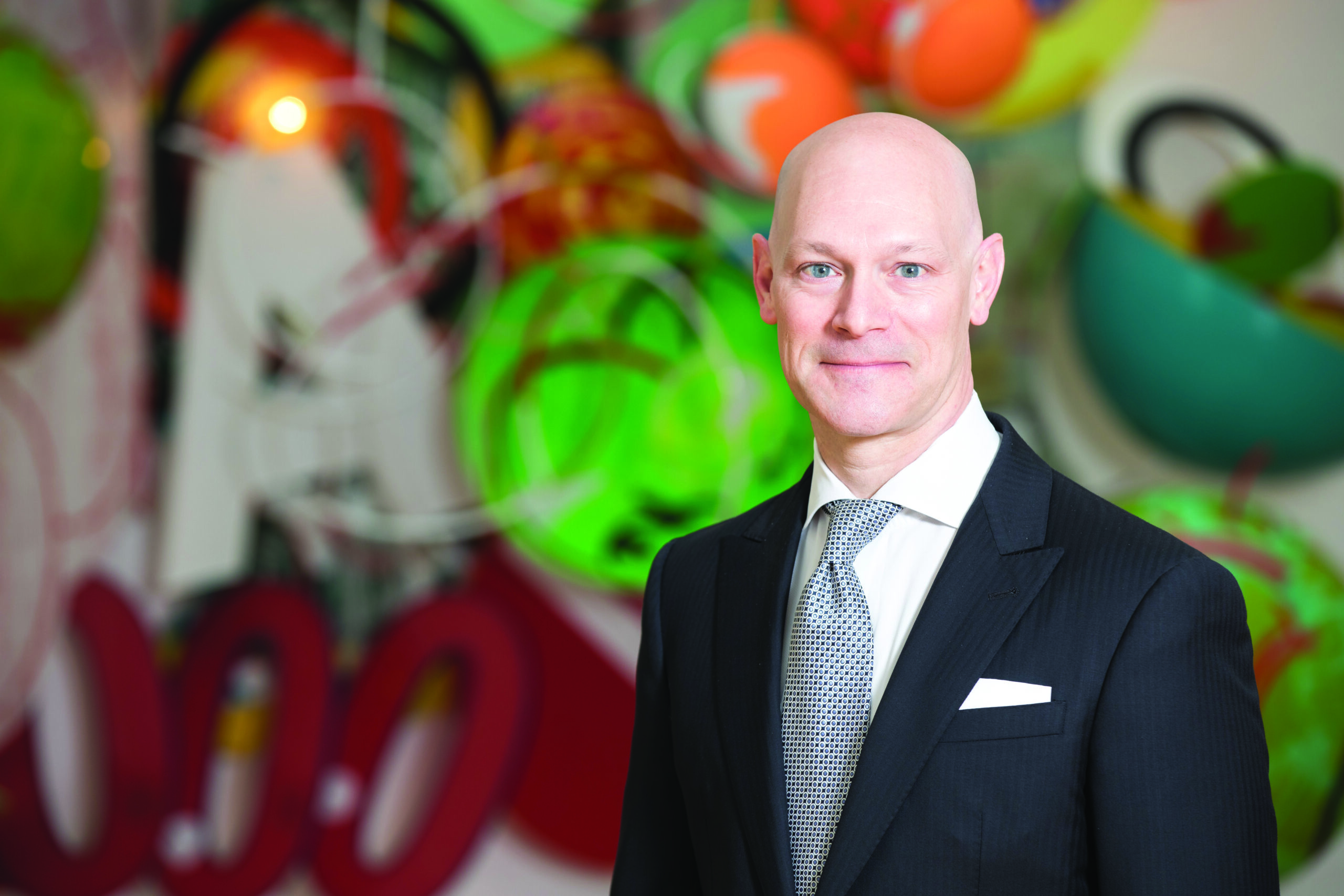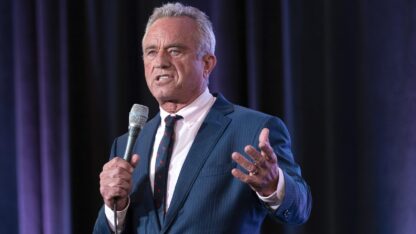It has been five years since Rand Suffolk became the executive director of The High Museum of Art. He joined “City Lights” host Lois Reitzes to discuss some important initiatives he has helped create during his administration.
He also discussed The High’s “Art & Inclusion” report and how the museum has progressed in inclusion and diversity.
Here are some highlights from the report:
- During Suffolk’s tenure, the High increased its Black, Indigenous, and people of color (BIPOC) participation from 15% in 2015 to 51% in 2020. Over the last four years, they have averaged 47% in BIPOC audience participation.
- Prior to Suffolk’s arrival, 32% of exhibitions featured women artists, artists of color, and LGBTQ+ artists. During his tenure, the museum has had a 94% increase in diverse voices and experiences.
- In 2012, the High Museum partnered with the Andrew W. Mellon Undergraduate Curatorial Fellowship Program. The program increases diversity in the curatorial field by mentoring undergraduate students who have an interest in pursuing curatorial studies.
- In 2020, the most frequented visitors ranged from 6-17 years old.
The “Art and Inclusion” report also highlights The High’s shortcomings when it comes to diversity. Only 15% of Board members represent people of color.
“Right now if you looked at our numbers over the course of the past few years we’ve probably only been about 15-20% BIPOC [black, Indigenous and people of color] participation on that,” Suffolk said. “I can say without hesitation that this is an area where our board is fully aware that there’s a great opportunity for change.







